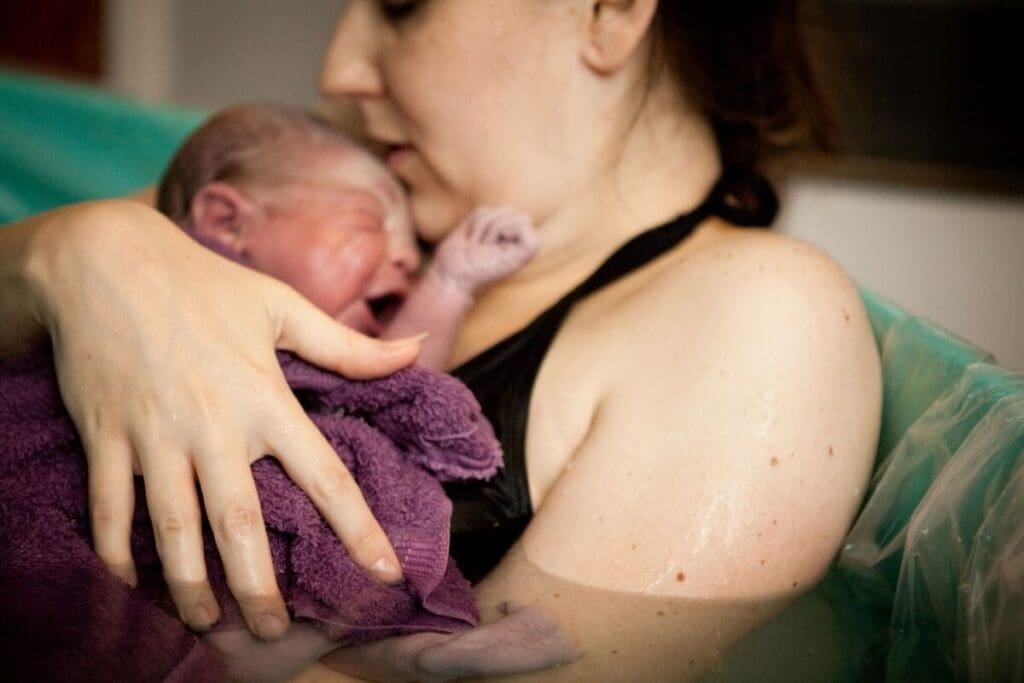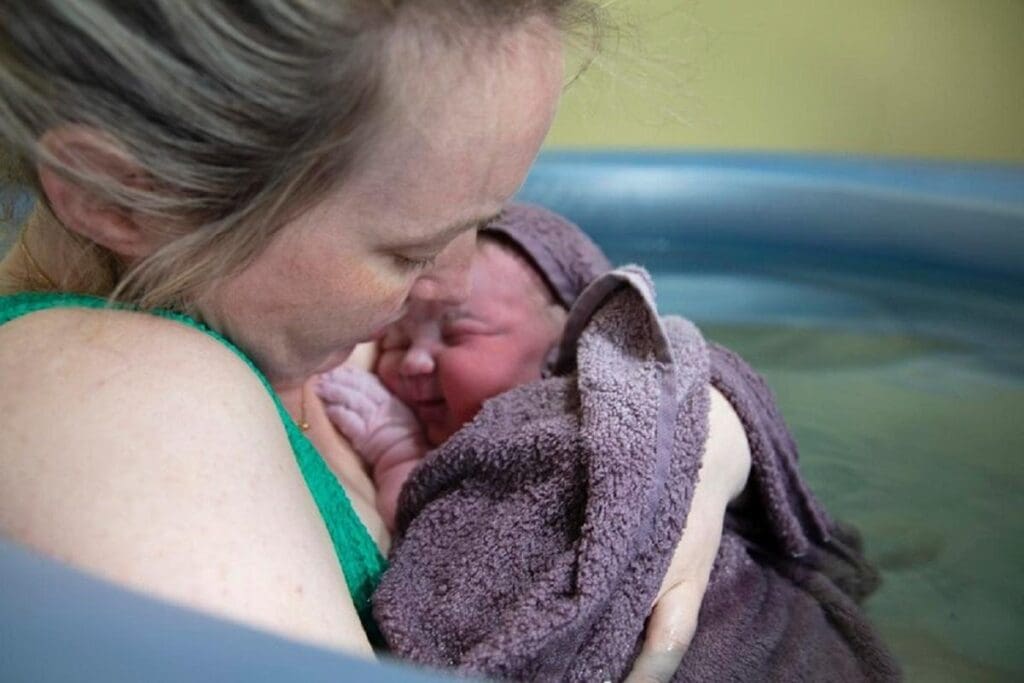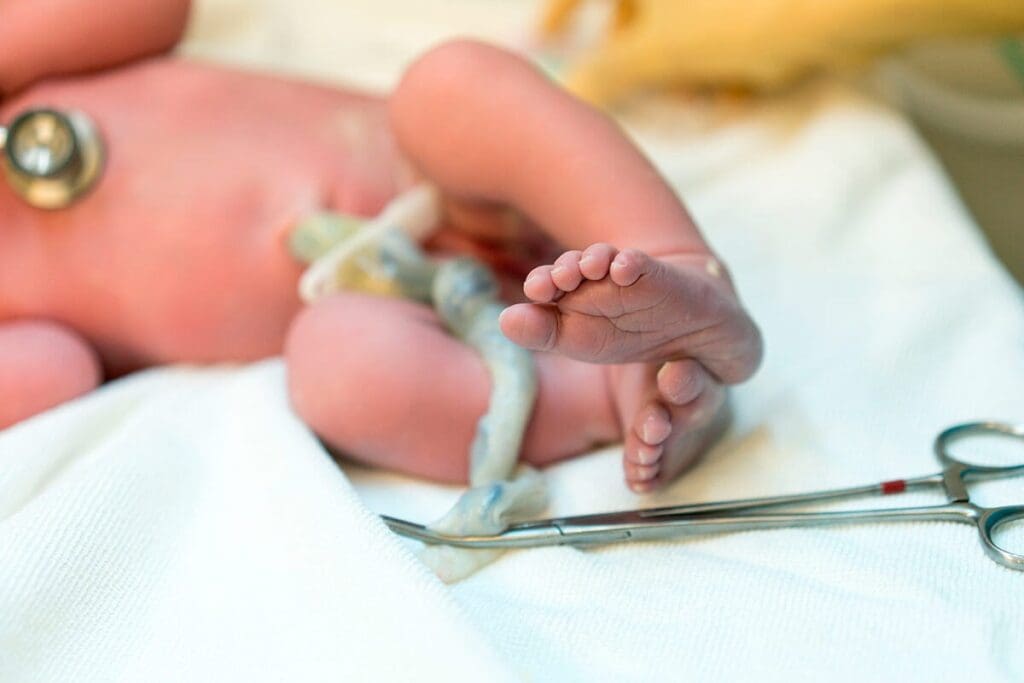Last Updated on November 24, 2025 by

Birth defects are a big worry all over the world. They can really affect how healthy a newborn is. We want to know more about these issues to help kids who are born with them. Congenital heart defects (CHDs) are the most serious congenital disorders. They happen in about 1 in every 100 to 125 babies born.
Every year, around 240,000 newborns die in the first month because of congenital disorders. This shows how critical it is to find and treat these problems early. We will look into CHDs more, like what types there are, how common they are, and how they affect families.
Birth anomalies are a big health issue worldwide, affecting millions of babies. These disorders can deeply affect the lives of those born with them and their families.
We know that congenital anomalies, or birth defects, happen during pregnancy. They can be found before birth, at birth, or later in infancy. It’s important to understand these anomalies to prevent and manage them.
Congenital anomalies include many conditions, like heart defects and chromosomal issues. The World Health Organization (WHO) says these disorders are a big cause of sickness and death. About 1 in 33 babies is born with a birth defect, with heart defects being the most common.
In low- and middle-income countries, 94% of severe birth defects happen. These countries often have less access to prenatal and postnatal care. Birth defects cause 170,000 child deaths between 1 month and 5 years old. This shows we need better global health efforts.

The fact that 1 in 33 babies has a birth defect shows how big this issue is. Congenital heart defects are the most common, affecting 1 in 100-125 babies. “The prevalence of congenital heart defects is a critical aspect of the broader discussion on birth anomalies”, studies say.
Knowing about birth defects is key for healthcare, policy, and families. By understanding their impact, we can improve care and health outcomes for mothers and babies.
Congenital heart defects are the most common birth anomalies, affecting global health a lot. These defects happen when the heart or blood vessels don’t form right during fetal development. This can cause many health problems.

CHDs affect about 1 in 100 to 1 in 125 babies born worldwide. This makes them a big deal in kids’ health. CHDs can cause serious health problems, needing quick medical help and often long-term care.
Ventricular septal defect (VSD) is the most common CHD, found in about 12.3 per 1,000 births. It’s when there’s a hole in the septum between the heart’s two ventricles. This hole lets blood flow from one ventricle to the other, causing poor blood circulation and serious problems if not treated.
Other common heart defects include:
These heart defects need quick diagnosis and treatment to help those affected live better lives. Knowing about different CHDs and how common they are helps doctors give the right care and support.
Down syndrome, also known as trisomy 21, is a condition found in about 1 in 700 babies. It happens when a baby has an extra chromosome 21. This extra chromosome causes physical and developmental challenges.
Down syndrome happens in about 1 in 700 births. But, recent studies show it might be more common, with 1 in 643 babies affected. This change could be due to different population sizes and how data is reported.
Expectant parents often worry about Down syndrome. Prenatal tests can spot it early. This helps families get ready for their child’s arrival.
People with Down syndrome face many health issues. These include heart problems, hearing loss, and learning disabilities. Heart defects are very common in these children.
These health problems need ongoing medical care. Regular check-ups are key to managing them well.
Thanks to better medical care, people with Down syndrome live longer and better lives. Many can go to school, work, and enjoy social activities.
It’s vital to support those with Down syndrome and their families. They need healthcare, education, and chances to be part of society.
It’s important to know the most common congenital anomalies in the U.S. This knowledge helps us create better healthcare plans. We look at how common these conditions are and their effects to support families better.
Clubfoot is when a baby’s foot turns inward. It happens in about 1 in 536 newborns in the U.S. If not treated, it can make moving hard for kids. But, early treatment helps many kids move freely and live active lives.
Key aspects of clubfoot include:
A cleft lip and palate is when there’s an opening in the lip and/or palate. It happens in about 1 in 1,032 births in the U.S. It can make eating, speaking, and staying healthy hard. But thanks to better surgery and care, kids with this condition can do well.
Notable facts about cleft lip and palate:
Spina bifida is when the spine and spinal cord don’t form right. It’s found in about 1 in 2,875 babies in the U.S. The severity can vary a lot. Some cases need a lot of medical help, while others can be managed with simpler treatments.
Important aspects of spina bifida:
Birth defects come from a mix of genetic, environmental, and lifestyle factors. Knowing these causes helps us prevent and manage them better.
Genetics is a big part of birth defects. About 20% of them are due to genetic reasons, like chromosomal problems. Birth defects can also be caused by single-gene mutations or chromosomal issues, like Down syndrome.
Genetic counseling is key for families planning a baby. It helps them understand genetic risks. This way, they can make better choices about pregnancy.
Environmental factors also play a big role in birth defects. Maternal infections, like syphilis and rubella, raise the risk. So do substances like alcohol and tobacco during pregnancy.
Exposure to pollutants and chemicals also increases the risk. We stress the need for a safe, healthy environment during pregnancy.
Maternal health and lifestyle choices are vital for preventing birth defects. Lack of folic acid, for example, can lead to spina bifida. But a balanced diet and healthy lifestyle can lower these risks.
We advise pregnant individuals to live a healthy life. This includes eating well, getting regular prenatal care, and avoiding harmful substances. This way, they can lower the risk of birth defects and ensure their babies’ health.
Medical technology has improved a lot. Now, we can find and treat birth anomalies better. Prenatal screening is more advanced, catching many issues early. This helps parents get ready and doctors plan the best care.
Ultrasound and maternal blood screening are key in finding birth defects. Ultrasound uses sound waves to see the fetus. Maternal blood screening checks for markers that might show a risk of defects.
These tests aren’t definitive but give a risk level. If a test shows a high risk, more tests like amniocentesis or CVS might be needed.
Treatment for birth defects varies a lot. Some, like heart defects, might need surgery right after birth. Others might need ongoing therapy, like physical or speech therapy.
In some cases, treatment starts in utero. Some surgeries can fix issues before birth. After birth, a team of doctors creates a plan for each child’s needs.
Early intervention has made a big difference. It’s about helping infants and toddlers with delays or disabilities. This includes physical, occupational, and speech therapy.
Early help can lessen the impact of birth defects. Studies show it leads to better lives for kids with these issues. They can grow up healthier and happier.
Congenital anomalies, like heart defects and Down syndrome, are big health worries globally. Knowing how common they are, what causes them, and who’s at risk helps us find better ways to prevent and treat them. Thanks to new screening methods, early care, and treatments, more people are living better lives.
At places like Liv Hospital, we aim to give top-notch, science-backed care. Our goal is to offer medical results that are among the best worldwide. We follow the latest in healthcare to keep improving our care for all. These disorders are a big problem, but with new ways to prevent and treat them, we can make a big difference.
By keeping up with research and improving our healthcare systems, we can lessen the number of birth defects. This will help make life better for those affected and their families.
Congenital anomalies, also known as birth defects, happen during pregnancy. They can be found before birth, at birth, or later in infancy.
Congenital heart defects (CHDs) are very common. They affect about 1 in 100 to 125 babies born.
Ventricular septal defect (VSD) is the most common CHD. It makes up a big part of congenital heart defects.
Other common heart anomalies include atrial septal defects, tetralogy of Fallot, and transposition of the great arteries.
Down syndrome, also known as trisomy 21, is very common. It happens in about 1 in 700 babies born.
In the United States, common congenital anomalies include clubfoot, cleft lip and palate, and spina bifida. These affect 1 in 536, 1 in 1,032, and 1 in 2,875 babies, respectively.
Birth defects can come from genetics, environment, and lifestyle. Causes include chromosomal abnormalities, maternal infections, and harmful substance exposure.
Prenatal screening, like ultrasound and blood tests, has improved. They help find many congenital anomalies during pregnancy.
Treatments vary based on the anomaly’s type and severity. Advances in early intervention have greatly improved outcomes for affected children.
Some congenital anomalies can’t be prevented. But knowing the causes and risk factors helps in developing prevention and management strategies.
Congenital anomalies can deeply affect individuals and families. Understanding their prevalence, causes, and risk factors is key to effective prevention and treatment.
Parvar, S. Y., et al. (2023). Prevalence of congenital heart disease according to echocardiographic evaluation in 6307 neonates. Pediatric Cardiology, 44(4), 722-730. https://www.ncbi.nlm.nih.gov/pmc/articles/PMC10073012/
Subscribe to our e-newsletter to stay informed about the latest innovations in the world of health and exclusive offers!